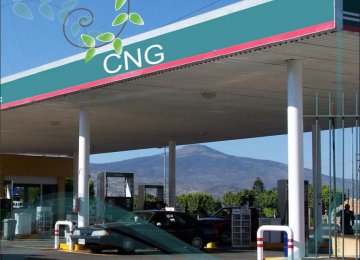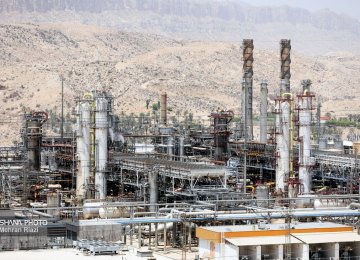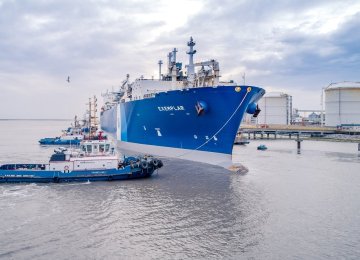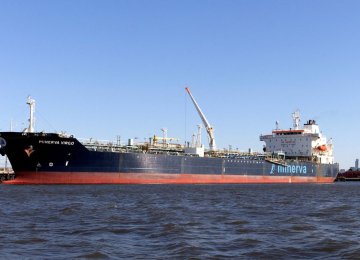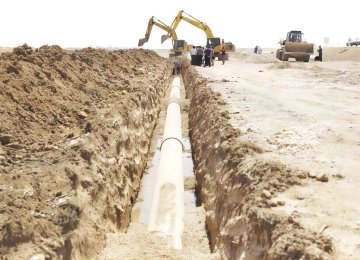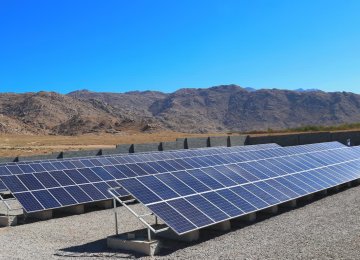A further 73 compressed natural gas (CNG) stations have gone into operation in the first eight months of this year (began March 21), which has brought the number of such operating stations in the country up to 2244.
After the National Iranian Oil Products Distribution Company (NIOPDC) was put in charge of (gasoline, CNG) dual purpose stations in 2005, within four years (2009) a total of 1190 stations selling CNG had been constructed, Tasnim news agency reported.
With the construction process accelerated, another 254 single purpose CNG stations, and 197 dual purpose stations were built in 2010.
Between 2011 and 2013 a total of 539 CNG stations were built across Iran.
With the 2244 stations currently in operation, the capacity to supply CNG stands at 2,530 million cubic meters per hour.
Earlier this year, Morteza Kashkouli, former managing director of NIOPDC, announced the company's plan to build 100 CNG stations in 12 months. Thus, it is expected that 27 stations are due for construction.
Iran began its race for compressed natural gas about a decade ago, as it tried to capitalize on its huge gas reserves – the world’s second largest – and an extensive gas distribution network that serves more than 80 per cent of the population.
The country has dramatically scaled up its use of compressed natural gas to power vehicles, an effort which helped ease the pressure from international sanctions on petrol imports in the recent past. Compressed natural gas was promoted by the government also because it is environmentally friendly.
On account of Iran’s capability in the CNG industry, it will export CNG equipment, technology, and engineering services to Russia, with plans also to construct ten CNG stations in Iraq.



